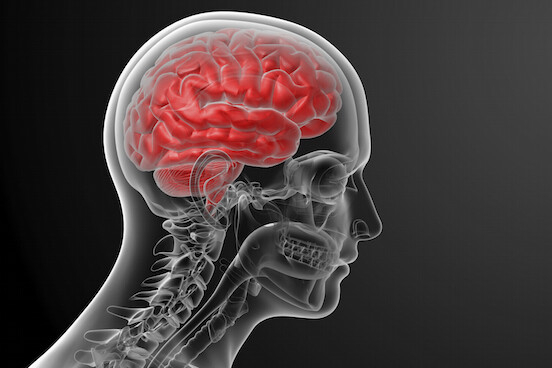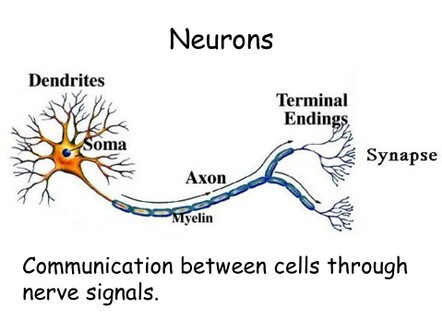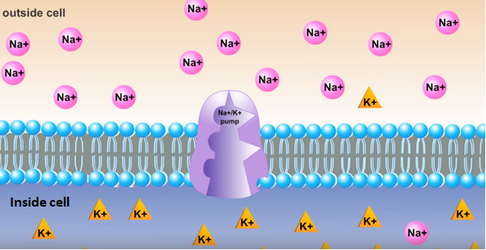Concussion: What The Heck Is It Really?

While sports look very different today and unfortunately many seasons are canceled, we still are seeing concussions from recreational hobbies and activities. Many think for a concussion to occur, an individual must hit their head. While this is true for an impact-related mechanism of injury, in which there’s a rapid deceleration of the brain, we cannot forget there are also non-impact related mechanisms of injury caused by rotational forces affecting the nerves in the brain.
So what exactly is a concussion? To better understand concussions, we need to better understand what is happening at the cellular level. A concussion is a complex physiological injury involving chemical alterations. Normal neurons communicate through electrical impulses traveling from the dendrite, down an axon, and to a synapse. Neurotransmitters are released into the synapse and attach in an organized manner to the dendrites of the next cell, triggering it with a specific message. In a concussion, this communication is disrupted.

Electrical impulses are made possible by depolarization of the axon. At rest, potassium (K+) is stored in the cell and sodium (Na+) is stored outside. When the cell is triggered by a message from the dendrites, the sodium and potassium switch places to help carry the signal along the axon to pass onto the next cell. After the electrical impulse passes by, the cell resets. In an injured cell, the cell will depolarize too often or it may not depolarize properly. This is due to potassium escaping the cell and calcium entering the cell while at rest, which means they can no longer switch places to pass along an electrical impulse as effectively.

When there is too much calcium inside a cell, the blood vessels around it will constrict, resulting in reduction of blood supply to the neuron. This diminished blood flow will cause an energy crisis because the neuron is not getting enough blood supply and will often lead to improper functioning and global symptoms that may include cognitive deficits, neurobehavioral/emotional deficits, sleep pattern dysfunctions, and migraine-like symptoms.
Thankfully, in most instances, neurons will recover and return to normal over time as the potassium and calcium return to normal levels inside and outside the cell. When this happens, the neurons will stop transmitting inappropriate messages, thus reducing symptoms and returning to normal function. In the off chance that post-concussion symptoms do occur, there are several management strategies and techniques therapists can utilize to help individuals return back to their prior level of function.
For more information on post-concussion care, check out our Post-Concussion Syndrome rehabilitation program!


